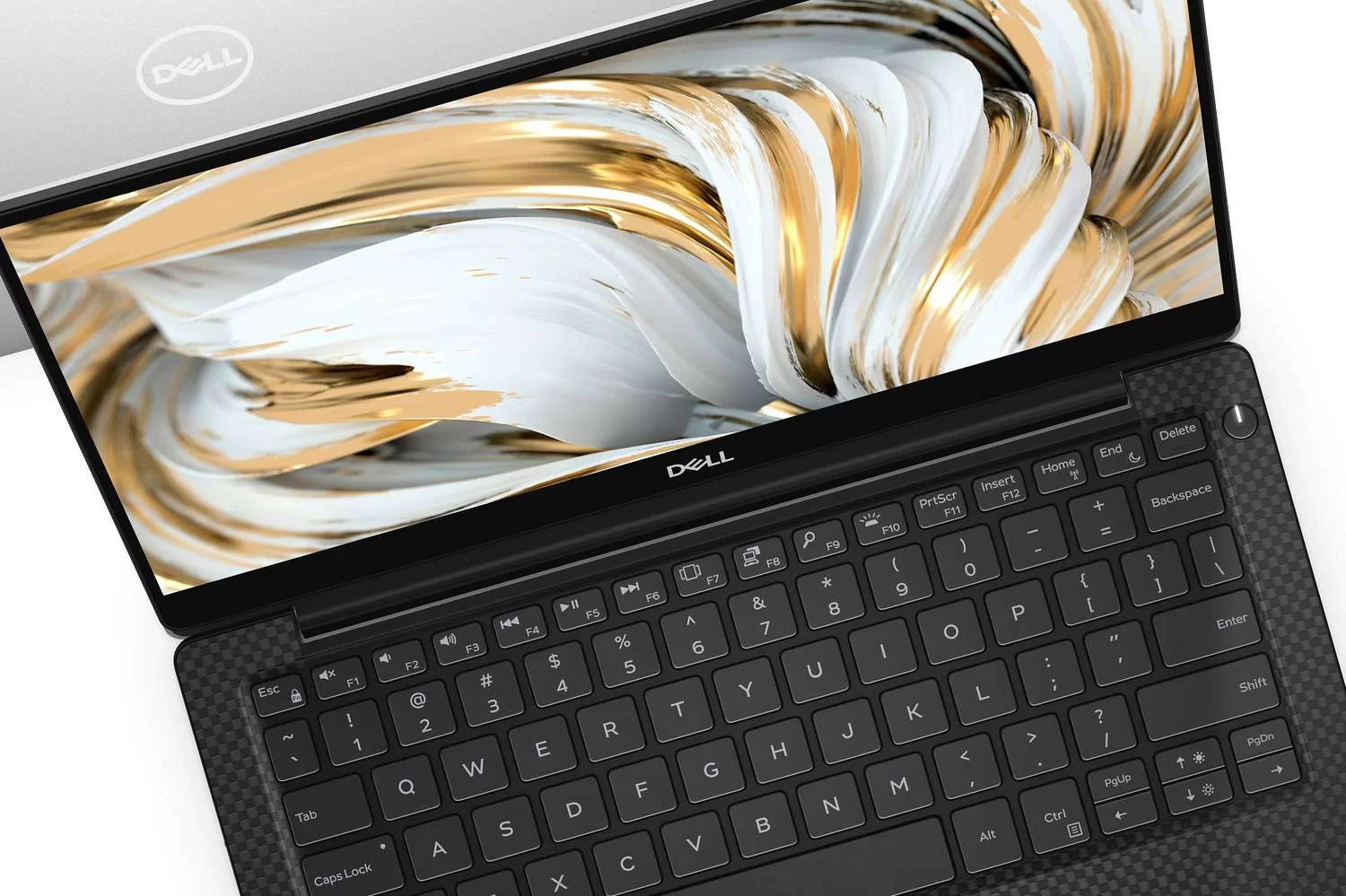Boot Options for Dell: A Complete Guide to Setting Up and Troubleshooting
- 1. What Are Boot Options for Dell?
- 2. How to Access Boot Options on Dell
- 3. Common Boot Options and Their Uses
- 4. Troubleshooting Dell Boot Issues
- 5. Optimizing Your Dell Boot Options for Efficiency
1. What Are Boot Options for Dell?
Boot options for Dell refer to the different methods and devices your system can boot from. Whether you're trying to install a new operating system, run a diagnostic tool, or access a recovery environment, understanding your Dell’s boot options is essential. These options allow you to boot from devices other than the default hard drive, such as USB drives, DVDs, network boot, or even an external drive.
These boot options are accessible via the BIOS or UEFI settings on your Dell device. The flexibility to choose from various boot sources is critical for troubleshooting, OS installation, or system recovery. Let’s dive into how you can access and customize these boot options for your Dell device.
2. How to Access Boot Options on Dell
Accessing boot options on a Dell computer is a straightforward process. Here's how to do it:
1. Restart Your Dell Computer
To access boot options, you’ll need to restart your computer. Make sure your system is powered down, and then press the power button to begin the boot process.
2. Press the F12 Key
As soon as your Dell logo appears during startup, immediately start pressing the F12 key repeatedly. This will bring up the Boot Menu where you can select your desired boot device.
3. Choose Your Boot Device
Once the Boot Menu appears, you’ll be presented with a list of available devices such as your hard drive, USB drive, CD/DVD drive, or network options. Use the arrow keys to select the device you want to boot from and press Enter.
Alternatively, if you want to change the boot priority or access other options like BIOS or UEFI settings, press F2 to enter the BIOS setup and make changes to boot options there.
3. Common Boot Options and Their Uses
Understanding the different boot options available on your Dell device is essential for managing your system. Below are some common boot options you might encounter:
1. Boot from USB
Booting from a USB drive is one of the most commonly used boot options. This is particularly useful when installing a new operating system or running diagnostic tools from a USB recovery drive. Simply insert the bootable USB drive and select it from the Boot Menu.
2. Boot from CD/DVD
If you have a bootable CD or DVD (such as an OS installation disk), you can use the CD/DVD drive as your boot device. Select it from the Boot Menu to initiate the boot process.
3. Network Boot
Network booting, or PXE booting, allows your Dell computer to boot from an operating system image located on a network server. This option is useful in business environments for managing multiple computers or for system recovery without needing physical media.
4. Boot from Hard Drive
This is the default option where your Dell system boots from the primary hard drive or solid-state drive (SSD) where your operating system is installed. It’s the most common option for daily use.
4. Troubleshooting Dell Boot Issues
Sometimes, you may encounter issues where your Dell device fails to boot properly. Here are some troubleshooting tips for resolving common boot issues:
1. Check Boot Order in BIOS
If your system is not booting from the device you expect, check the boot order in the BIOS. Ensure that the device you want to boot from (such as a USB or DVD) is at the top of the boot order list.
2. Reset BIOS Settings
If you’ve made changes to the BIOS settings and are experiencing boot problems, resetting the BIOS to its default settings can sometimes fix the issue. Look for the “Reset to Default” option in the BIOS setup menu.
3. Boot into Safe Mode
If your system is having trouble booting into Windows, try booting into Safe Mode. Safe Mode starts your computer with minimal drivers and can help you troubleshoot system errors or uninstall problematic software.
5. Optimizing Your Dell Boot Options for Efficiency
Optimizing your Dell boot options can improve boot times and make your system more efficient. Here are a few ways to do it:
1. Disable Unnecessary Boot Devices
If you're not using certain boot devices, such as network boot or a DVD drive, you can disable them in the BIOS settings. This will speed up the boot process and reduce unnecessary options in the Boot Menu.
2. Use Fast Boot Option
Enabling the Fast Boot option in BIOS allows your Dell system to skip certain checks during startup, which can reduce boot times significantly. This is especially helpful if you’re always booting from the same device.
3. Keep Boot Media Organized
When using external devices like USB drives for booting, make sure they are properly formatted and contain only necessary bootable files. This helps ensure your Dell system can quickly detect the correct bootable media when needed.
To enhance your Dell booting experience, visit Ninja Stik for the latest tools and advice on optimizing boot options for your Dell system.






























